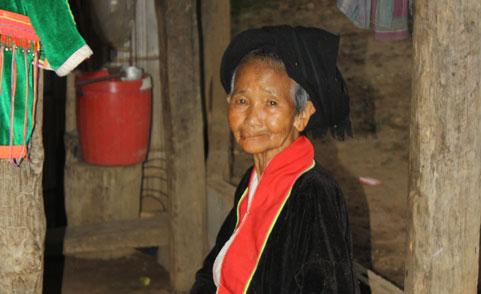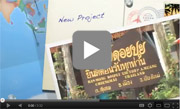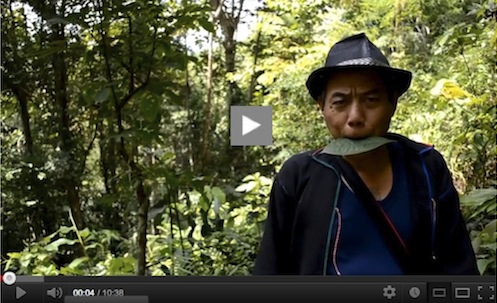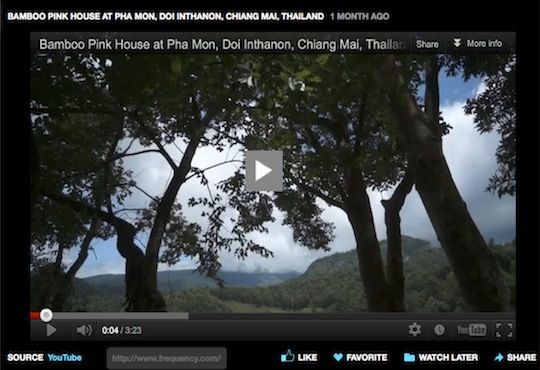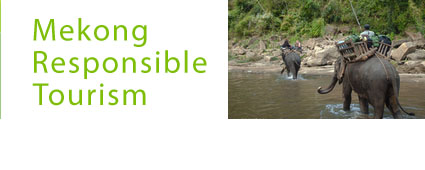Doi Suthep - Doi Pui National Park
Location
The Doi Suthep/Doi Pui National Park is just north of Chiang Mai.
Trekking
At this moment we offer a great one day trek in Doi Suthep/Doi Pui National Park. Forest is beautiful and views are amazing. Everyone who is in reasonable shape can do this trek that starts in Doi Pui Hmong village and ends in Ban Mae Sa Mai, the largest Hmong community in Northern Thailand. Before we start trekking we visit Wat Doi Suthep, the most famous landmark of Chiang Mai.
We also offer a two day program that gives an insight in daily life in Ban Mae Sa Mai.
You won’t meet a lot of people on the trails in Doi Suthep/Doi Pui National Park.
Activities
It is possible to combine Doi Suthep/Doi Pui National Park with a visit to the Mae Sa Valley where you can find Mae Sa Elephant Camp and the Flying Squirels and Eagle Track ziplines.
Mountainbiking and ATV tours are other options. The Mae Sa Valley has a variety of activities and tourist sights including bungy jumping, orchid farms, snakeshows, etc..
Rafting is not possible in this national park.
Villages
There are several Hmong villages in the park: Ban Doi Pui, Ban Khun Chang Khian and Ban Mae Sa Mai. These communities used to be involved in opium cultivation in the past.
Protected areas
Doi Suthep-Doi Pui National Park was created in 1981 to protect not only the surroundings of the temple, but also the diverse forest ecosystems of the mountain which provide a magnificent green backdrop to Chiang Mai City.
Attractions
Doi Suthep, Doi Buakha and Doi Pui are the three main peaks in the park. The highest peak, Doi Pui, rises to 1,685 meters above sea levels. The park covers roughly 261 sq metres.
Waterfalls: the park boast a number of waterfalls: Huay Kaew, Montathan, Mork Fa, Tad Mok, Mae Sa, Mae Yi and Sri Sangwan.
Doi Suthep Temple
Wat Phrathat Doi Suthep is a Theravada Buddhist temple. The temple is often referred to as "Doi Suthep" although this is actually the name of the mountain it is located on.
It is an important pilgrimage spot for the devout and a legend featuring a white elephant is connected to this revered site. There are spectacular views of Chiang Mai city and its surroundings from the top of this mountain. It remains a popular destination of foreign visitors.
Forest
There are two types of forest on the mountain: Deciduous forest below about 1,000 m elevation and evergreen forest above. The deciduous is further divided into two kinds, deciduous dipterocarp-oak Forest in the driest areas and mixed evergreen deciduous forest along streams and gullies. Common species are trees of the families Dipterocarpaceae, Fagaceae and Magnoliaceae. In November you can observe the rare Sapria Himalayana, related to the Rafflesia.
(Elliot, The National Parks and other Wild Places of Thailand)
Fauna
Wildlife in the park includes common muntjac, wild boar, macaque and other small mammals. Wildlife in the park is rarely seen though. The park is a paradise for bird lovers.
More than 300 species of birds can be seen here, including red junglefowl, pheasants, eagles, parrots, bulbuls and minivets.
Royal Projects
A visit to Doi Pui village inspired His Majesty the King of Thailand to initiate the Royal Projects. At the Hmong village Ban Mae Sa Mai there is a Royal Project. Other royal projects are located in the Mae Sa Valley.






